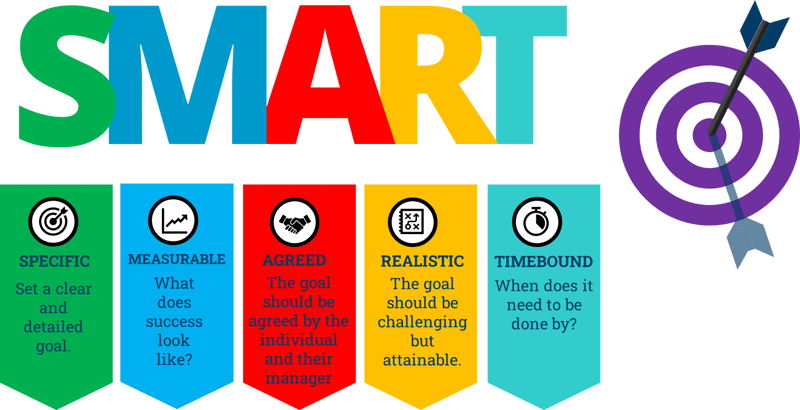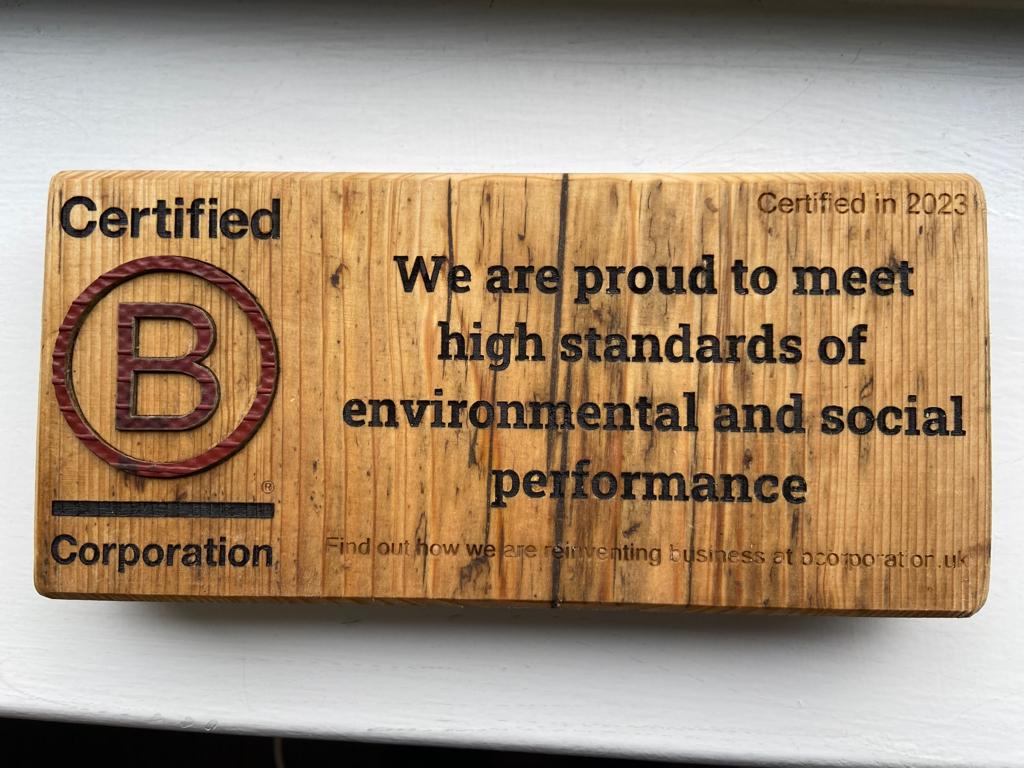Participants on our LEAD™ program for senior leaders joined us for a masterclass with Dan Hunt, former Sports Director with British Cycling and former Performance Director at GB Snowsport, where he shared his experience in coaching high performing teams and explored topics including commitment vs motivation, taking ownership and achieving excellence.
 Dan Hunt delivering his LEAD™ Masterclass
Dan Hunt delivering his LEAD™ Masterclass
A common issue that is raised by delegates on our leadership and management programs is the challenge of encouraging people to step forward, take responsibility, become accountable and feel empowered to make decisions. Recent research confirms that creating a culture where team members feel empowered can boost productivity by 22% and profitability by 18%. With 91% of employees not feeling engaged in the workplace there is much need to improve how team members relate to the organisation.
Here are our five top tips for creating an environment where employees know what their individual objectives and responsibilities are; where people are motivated and engaged to take ownership and achieve those objectives; and where they confidently and competently solve problems, make decisions and feel able to take responsibility for their mistakes - and learn from them.
1. Make sure people know what is expected of themClear expectations from the outset are so important – how can people deliver if they do not know what is expected of them? Effective leaders ensure that team members know what is expected of them with clear roles, plans and goals. Those team members also know how they are going to achieve their goals and are aware of the importance of meeting expectations and performing.
Set SMART goals (i.e. objectives that are Specific, Measurable, Agreed, Realistic and Time-bound) for individuals and for the overall team, and have targets such as KPIs to measure and track performance.

2. Provide the right balance of direction and support
Where an individual has no or limited experience of the particular task, they will need more direction about how to approach the task. However, where someone has a higher level of skill and experience on a specific task, they will require less direction and can assume a greater amount of responsibility for decision making. It can be tempting to step in and 'help' to solve issues when they arise. However this simply creates a dependency and team members are not given an opportunity to develop their own critical thinking and problem solving skills. They will constantly defer to their manager rather than taking steps to address problems and challenges themselves.
By considering the individual, the task or situation and their ability / experience to complete that task, you can then identify the appropriate style of leadership required to help them to successfully achieve their objective(s).
3. Encourage decision making
Where possible, decision making should be delegated throughout the organisation to the lowest possible level. Meaning that decisions are made by the person who is best placed to do so. Your team will inevitably be the ones who are closest to your customers, your processes and your products or services, which means they are usually the people with the right information to make the best decisions.
In Daniel Pink’s book ‘Drive: The Surprising Truth about what Motivates Us’ he identified ‘autonomy’, or the desire to be self-directed, as a strong motivating factor that drives individuals. By allowing and encouraging employees to take responsibility for decision-making where appropriate, leaders can not only increase motivation but can also free themselves from having to deal with a multitude of decisions, preventing them from becoming a bottleneck and allowing them time to focus on strategic issues.
So, clearly communicate what individuals are responsible for, how much authority is being delegated to make decisions and ensure that this is agreed and understood by all parties.
4. Develop through coaching
Coaching is the appropriate leadership style when someone has necessary skills and yet something is affecting their ability to complete the task or where you want to support them to develop their skills further.
Research carried out by Google confirmed that the number one quality a great manager / leader should have is the ability to coach their team, with coaching defined by Sir John Whitmore, the pioneer of coaching in the workplace as:
“Unlocking a person’s potential to maximize their own performance...
helping them to learn rather than teaching them.”
Leaders who find themselves fielding questions throughout the day often think that it is quicker to simply give the answer. However, all that happens is that you get more questions the next day. Through coaching you can guide individuals and develop their ability to solve problems and deal with issues themselves.
5. Encourage, praise and recognise success
Recognition simply means saying “thank you” and a simple “thank you” can go a long way in making someone feel appreciated and valued.
However, when times are stressful, it can be easy to feel too busy to acknowledge employee contributions, especially when the cynical amongst us may feel that they are ‘just doing their jobs’. Study after study shows that specific, sincere and meaningful recognition has a positive impact on employee engagement, motivation and productivity. So, make sure that you do find time to say thank you, recognise individual contributions and celebrate team successes.
|
If you would like to learn more about our LEAD™ program for owner-managers, directors and senior managers, please get in touch with Jo Draper here. Our next LEAD™ program starts on 19th and 20th April. Don't miss out! |




